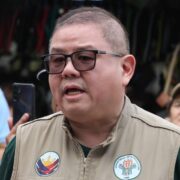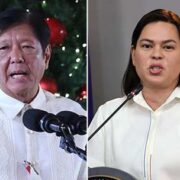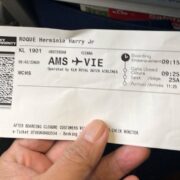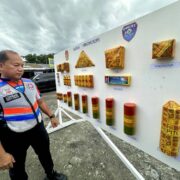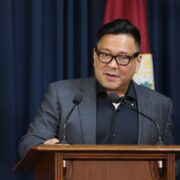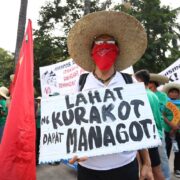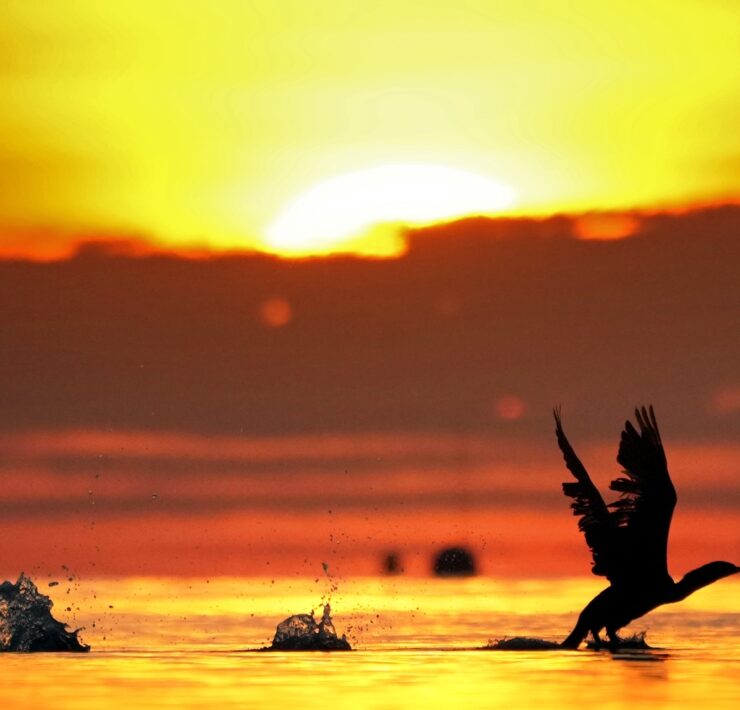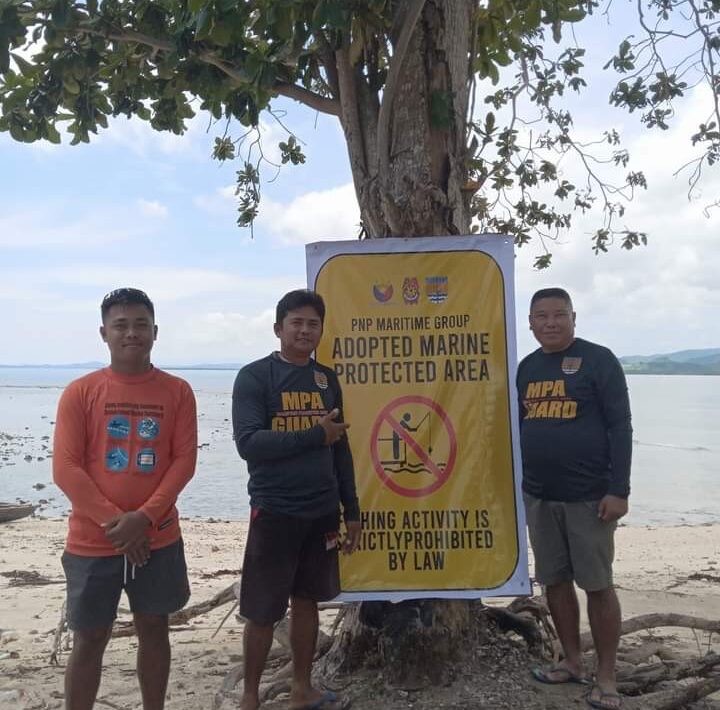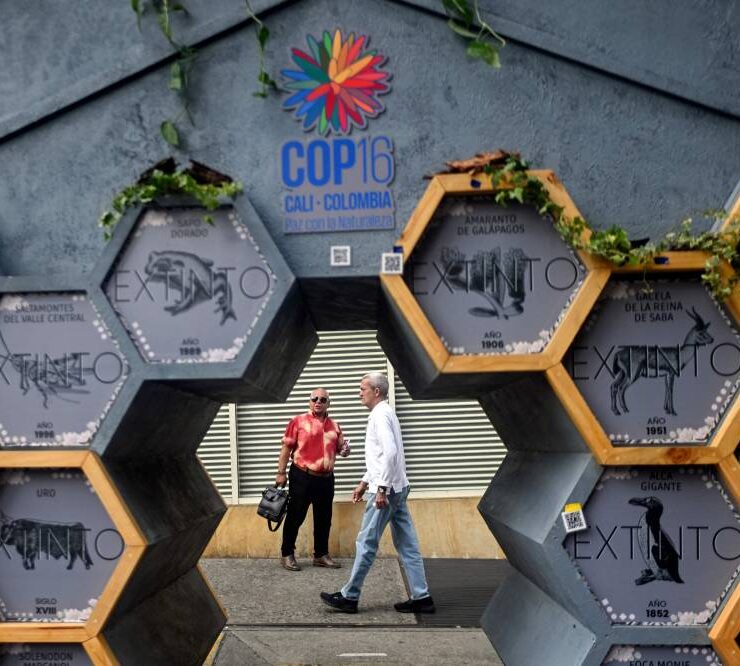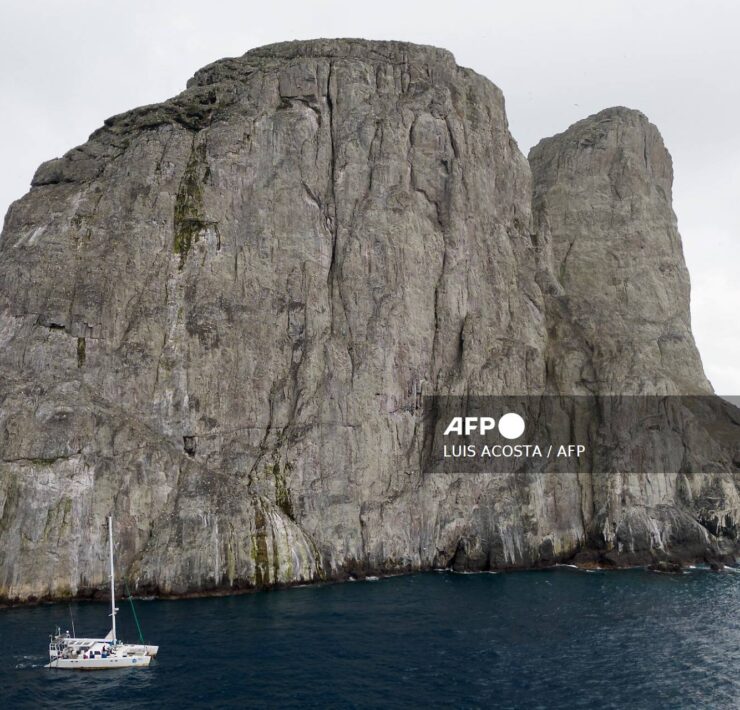Battle for life: COP16 takes on the challenge
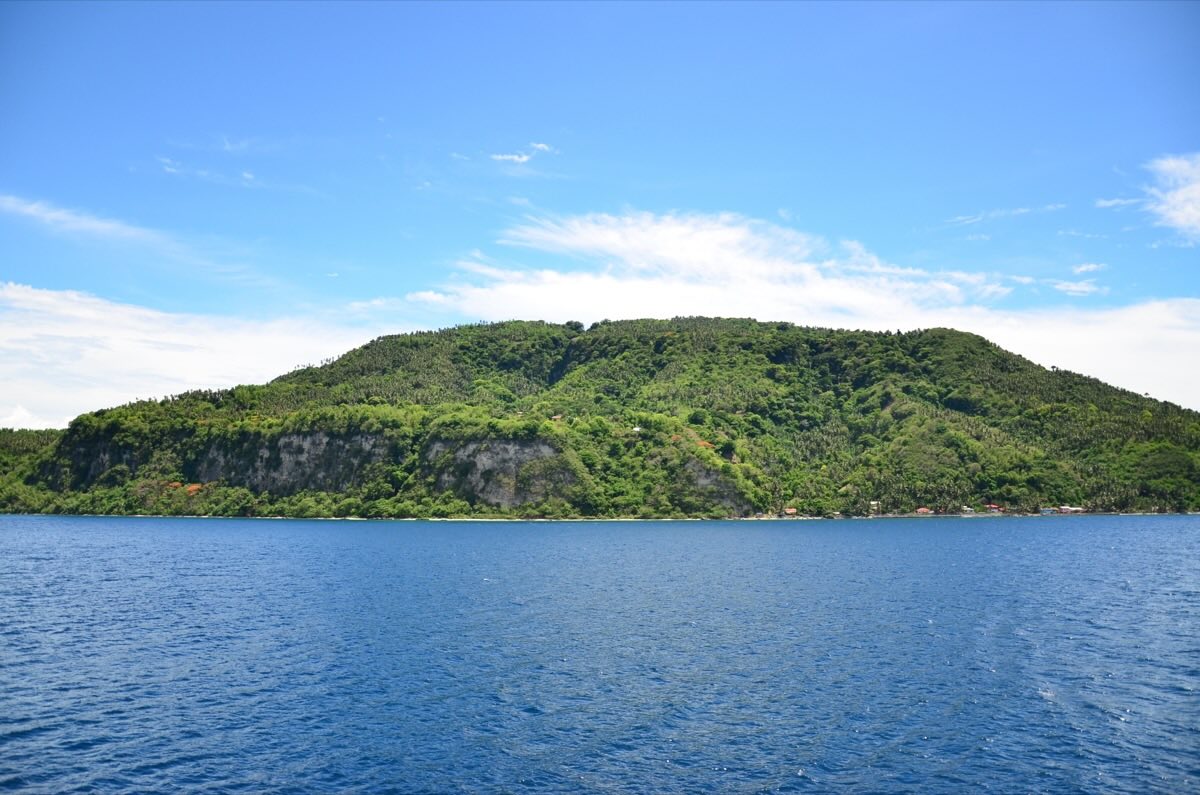
In the Philippines, a country rich in diverse ecosystems and abundant natural resources, we are facing a critical moment as we work towards fulfilling our pledge to protect 30 percent of our land and waters.
As representatives gathered in Cali, Colombia, for the 16th Conference of the Parties (COP16) of the Convention on Biological Diversity (CBD) to tackle the pressing issue of biodiversity loss, the need for decisive steps to preserve our planet’s ecosystems becomes increasingly evident.
Aligning with the objectives outlined in the Kunming-Montreal Global Biodiversity Framework (KMGBF), the Department of Environment and Natural Resources (DENR) is collaborating with diverse stakeholders to craft our Philippine Biodiversity Strategy and Action Plan (PBSAP). This concerted endeavor is crucial to ensure the protection of our valuable biodiversity in accordance with global conservation targets. Moreover, delineating key biodiversity areas signifies a critical initial stride toward establishing national conservation objectives.
Additionally highlighted at COP16, which ran from Oct. 21 to Nov. 1, 2024, was our very own Indigenous Peoples’ Biodiversity Strategy and Action Plan (IPBSAP), the world’s first, developed by indigenous communities under the guidance of the Indigenous Peoples and Biodiversity Coalition Philippines. Indigenous communities and various organizations in the Philippines see the KMGBF as a crucial chance to collaboratively participate in shaping impactful and inclusive biodiversity strategies and initiatives. This acknowledges the essential rights, dedication, and valuable role of indigenous peoples in promoting biodiversity conservation, sustainable practices, and equitable sharing of benefits.
Amidst the distressing decline in wildlife populations underscored in the World Wildlife Fund’s Living Planet Report (https://www.worldwildlife.org/publications/2024-living-planet-report), there is a pressing need for heightened ambition, accelerated endeavors, and augmented funding to bolster conservation initiatives. By harmonizing our Peoples’ Biodiversity Strategy and Action Plan (PBSAP) with the goals of the KMGBF, the Philippines not only exhibits its dedication to preserving its natural heritage but also showcases its commitment to the broader pursuit of global biodiversity preservation.
‘Great battle for life’
President Gustavo Petro of Colombia fittingly characterizes our current scenario as “the great battle for life,” accentuating the significance of safeguarding Earth’s myriad species and ecosystems for the well-being of all humanity. Upholding the ethos of “Peace with nature” and rallying all sectors of society to champion biodiversity conservation, the Philippines can play a pivotal role in fostering a sustainable and equitable future.
The need for action is more pressing than ever in the face of increasing threats from climate change and environmental degradation. We must appreciate the significance of protecting our planet, listen to the wisdom of indigenous communities and young people, and come together to create a resilient and thriving world for everyone. Blessed with a rich diversity of natural beauty and recognized as the center of marine species speciation, the Philippines plays a crucial role in the global efforts to preserve the Earth and move towards a more sustainable future.
Illegal, unregulated and unreported fishing
While we are dedicated to safeguarding 30 percent of our territory, a large part of our marine resources remain vulnerable due to our heavy reliance on the surrounding waters for sustenance and livelihoods and from other stressors such as illegal, unregulated and unreported fishing (IUUF). Experts stress that focusing solely on protecting 30 percent of natural resources is not enough. It is crucial to also ensure careful management of the remaining 70 percent, with a particular emphasis on responsibly managing fisheries to prevent overfishing, which can unintentionally lead to biodiversity loss.
As an archipelagic nation endowed with abundant marine resources, the Philippines must prioritize comprehensive stewardship of our vast waters. This is essential to promote a thriving marine ecosystem and guarantee food security for our people. Such an endeavor necessitates a collaborative effort involving all sectors of government and society.
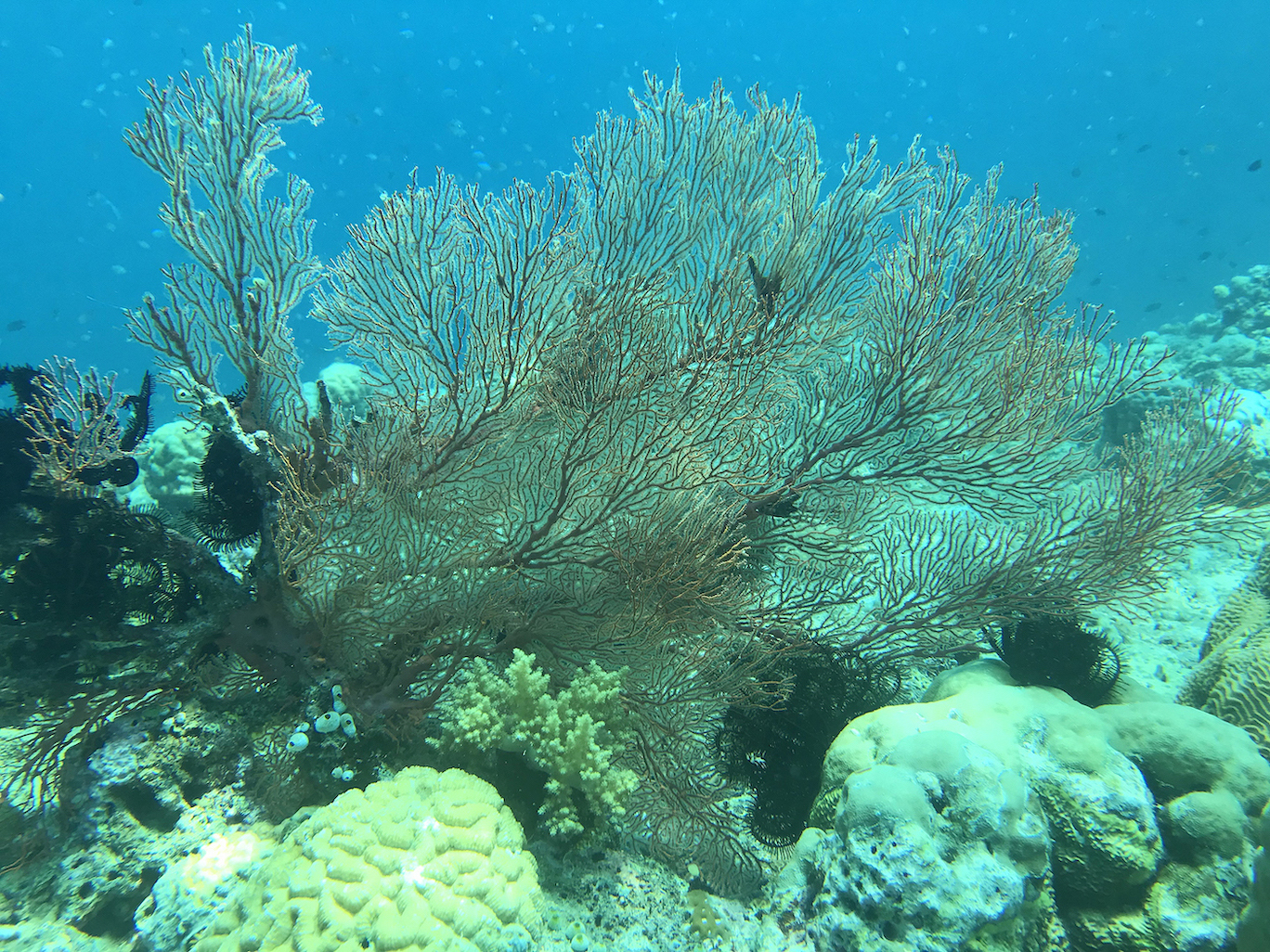
12 Fisheries Management Areas
The Bureau of Fisheries and Aquatic Resources (BFAR), for example, has implemented the Fisheries Management Areas (FMAs) approach to ensure the sustainable management of the country’s fisheries resources. This approach involves dividing Philippine territorial waters into 12 specific areas, each allocated to stakeholders for responsible management. It is guided by principles such as ecosystem-based management, community participation, adaptive management, science-based management, and enforcement and compliance measures. Through a holistic view of marine ecosystems and the active involvement of local communities, BFAR aims to promote long-term sustainability and resilience in fisheries management.
By considering the interactions within marine ecosystems, involving local communities in decision-making processes, and utilizing scientific research, BFAR’s FMAs approach strives to address environmental, social, and economic aspects of fisheries management. Adaptive strategies are implemented to respond to changing conditions and ensure the responsible utilization of fisheries resources. Effective enforcement mechanisms further help in reducing unsustainable practices and promoting compliance with regulations within FMAs. Overall, BFAR’s FMAs approach reflects a comprehensive and inclusive strategy to protect the marine environment, support livelihoods, and maintain a healthy balance between exploitation and conservation.
Biodiversity serves as our life support system, providing us with the oxygen we breathe and the food we consume. Safeguarding biodiversity equates to sustaining life itself. There is a critical need to shift our attitudes towards the environment from one of exploitation to one of reverence. We are not solitary inhabitants of this planet; our existence is intricately interwoven with the existence of all life forms on Earth. As a renowned writer aptly articulated, “Do not go around town declaring that the Earth owes you a thing, it was here first.”
——
Filipinos made significant contributions during the COP16. Mayor Alfredo Coro II of Del Carmen municipality in Siargao underlined the essential role of local governments in achieving the 30×30 goal and the KMGBF initiative. I had the opportunity to showcase our collaborative project with the DENR, Philippine conservation NGOs, and marine experts in mapping Marine Key Biodiversity Areas, a vital step towards determining our national numerical target.
Additionally, Undersecretary Ernesto Adobo Jr. of the DENR spoke at the Association of Southeast Asian Nations Center of Biodiversity’s side event, focusing on the government’s efforts to revise the PBSAP to align with the new biodiversity framework. As the leader of the Philippine delegation at the COP, he also presented our official statement during the ministerial meeting.
Dr. Michael P. Atrigenio is an Assistant Professor at the Marine Science Institute of the University of the Philippines Diliman and the program head of the Professional Masters in Tropical Marine Ecosystems Management Program. He is also the President of the Marine Environment and Resources Foundation.




